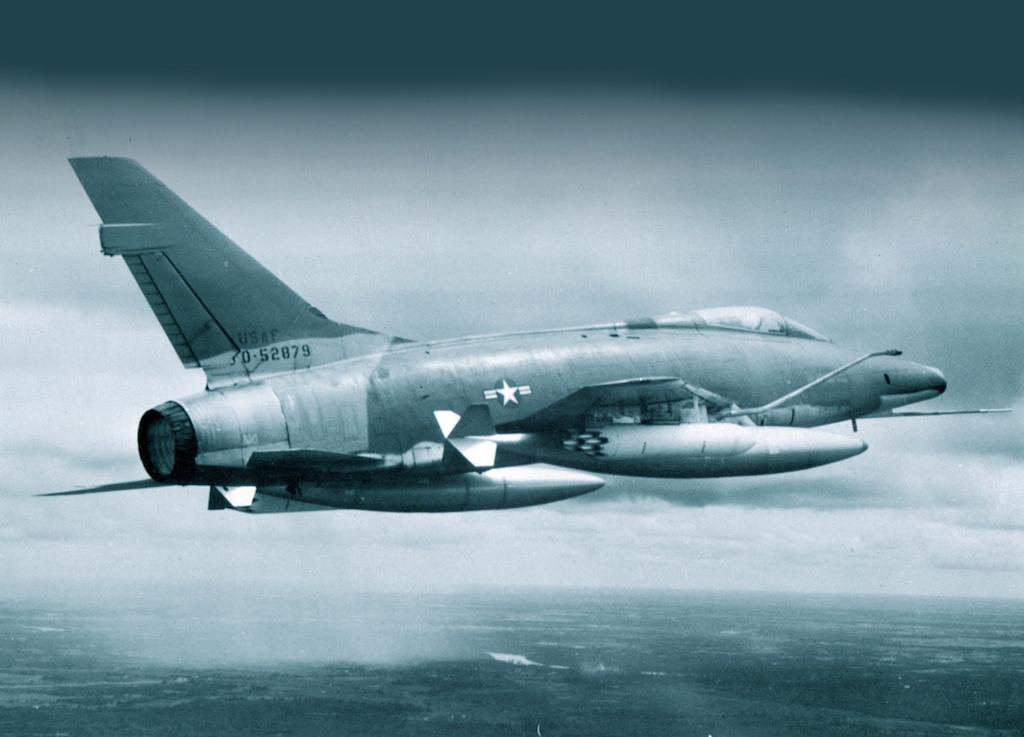
I tend to compartmentalize every aspect of my life and have done so for most of my life. Given that statement, you might assume that I am a recluse who shuts out the world and forsakes outside relationships and experiences. Perhaps you might think that I am hyper-organized and analytical, and that I tend to focus heavily on whatever it is that interests me in the moment. Or, perhaps, a combination of the two extremes. I think the answer is a matter of pragmatism.
After decades and thousands of hours of experience, I know that the best aviators focus when they need to and the level of focus changes depending on the task at hand. Focus requires you to zero in on what is important and place that into a “compartment” that precludes outside distractions from entering. It is as if a drawer for that event opens and all other drawers close.
I don’t know a lot of people who share my compartmentalization tendencies, but most who do are aviators. Whether or not you tend to compartmentalize, I think the ability to section off parts of your life can make you safer in the air as well as happier on the ground. To understand why, you need to consider the origin of the term in the context of Air Force and Navy fighter pilot history.
Early Studies

Imagine yourself flying a state-of-the-art fighter, like the North American F-100 Super Sabre, in an era where aircraft are unpredictable and safety margins are as thin as the wings on the jet. The F-100, for example suffered six major accidents in its first three months of operational service, mostly due to flight instability and structural failures. Another 41 aircraft were lost in major accidents over the next three years. Aircraft like the F-100 were unforgiving of mistakes and demanded pilots stay focused from the moment they “strapped on” the aircraft to the moment they walked away.
The Navy also had aircraft that became known as “widow makers” by its pilots, even some which rivaled the high crash rate of the Air Force’s “century series” fighters. Both services struggled to understand the human factors behind pilots who failed to measure up to the exacting demands of the job. Studies showed that crewmembers suffering seemingly minor problems could be distracted to the point they became major disasters.
Air Force and Navy psychologists coined the term “failing aviator” to identify fliers who struggled to cope with environmental stressors. The stressors were placed into four general groups: personal, family, social and work related. Personal stress includes personality traits found in many aviators, such as extroversion and the need to always be in control. Family pressures range from an illness of a spouse or child to conflicts among family members. Social stressors include financial and moral pressures. Work related problems include career competition, difficulty with the boss and overwork.
I was introduced to the failing aviator concept by a video-taped presentation in the early 1980s given by Frank Dully, MD, Commander (later promoted to Captain), USN. His study, conducted with the help of Air Force and Navy psychologists, revealed that typical military aviators need to always be in control and tend to be mission-oriented compartmentalizers. We all had a “flight” compartment that for most of us was indistinguishable from our “mission” compartment. Then the number of compartments varied with individual. You could have a “dad” compartment, for example.
I saw the presentation in an auditorium filled with other Air Force and Navy crewmembers and it was evident we were all sharing the same realization: we were all mission-oriented compartmentalizers. While Cmdr. Dully emphasized both sides of each of the traits shown by failing aviators, most of us gave greater weight to the positives than the negatives.
When we got into the flight compartment, for example, that’s the only thing we cared about. Problems with the family, the boss, or anything not relevant to the job of flying the aircraft fell into the margins of our existence. This is a good thing in the cockpit, of course. But when your flight compartment takes over your time at home when studying or even just thinking about flying, your friends and family can be alarmed. They may think that all you care about is the job and that they hardly exist in your world. But it isn't your job that has your focus at all, it is flight. Your boss may think you are a one-dimensional stick and rudder guy, not suited for increased responsibilities.
As aviators, we had checklists for everything and favored doing things that are tried and tested. That is obviously advantageous when flying. But when that extends to your other compartments, you can be perceived as unable to be spontaneous or too unwilling to think outside the box. Most of us had oversized egos and confidence in our abilities. We were in the business of defying gravity, after all. But that same self-assured bravado also showed itself in our complacency with those valued checklists and an arrogance toward non-aviators who just didn’t understand the rarefied air we were breathing.
Why did the Air Force and Navy make efforts to expose us to this failing aviator study? These types of aviators are the last to realize they have a problem; they are “mission hackers.” I think the point of this study was not to motivate failing aviators to self-identify and voluntarily take themselves off flight status. The point, Cmdr. Dully said, was for the failing aviator’s peers to convince the stressed-out individuals to seek help. This has proven useful over the years; I’ve known and convinced more than a few potential failing aviators to take a break from flying before things got out of hand. But there is a lesson above and beyond that: if you are not a mission-oriented compartmentalizer, perhaps you should consider a few techniques from those who are.
The next part of this article series will look at distractions in the cockpit.





